Hello friends of Hive, in this opportunity I bring you the second part of a city called Quibor, land of artisans, traditions and stories...
Hola amigos de Hive, en esta oportunidad les traigo la segunda parte de una ciudad llamada Quibor, tierra de Artesanos, Tradiciones e Historias...
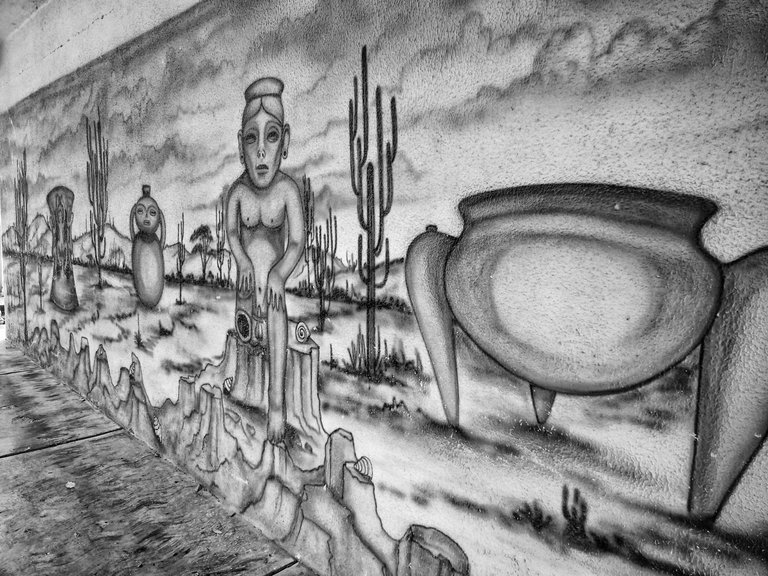
Lara State is one of the most important archaeological areas in Venezuela due to the great wealth of archaeological sites of different types and periods from the Paleo-Indian to the Indo-Hispanic; With the discovery of the indigenous cemetery Las Locas and Boulevard in the city of Quíbor (the most extensively excavated in the country), a milestone in regional and national archeology was marked, where a great variety of objects and artifacts of different raw materials of the first inhabitants of Lara were found.
El Estado Lara es una de las zonas más importantes a nivel arqueológico en Venezuela debido a la gran riqueza de sitios arqueológicos de distintos tipos y periodos desde el paleo-indio hasta el indo-hispano; Con el descubrimiento del cementerio indígena Las Locas y Boulevard en la ciudad de Quíbor (el más extensamente excavado en el país), se marcó un hito en la arqueología regional y nacional, donde se encontró gran variedad de objetos y artefactos de diversas materias primas de los primeros habitantes larenses.
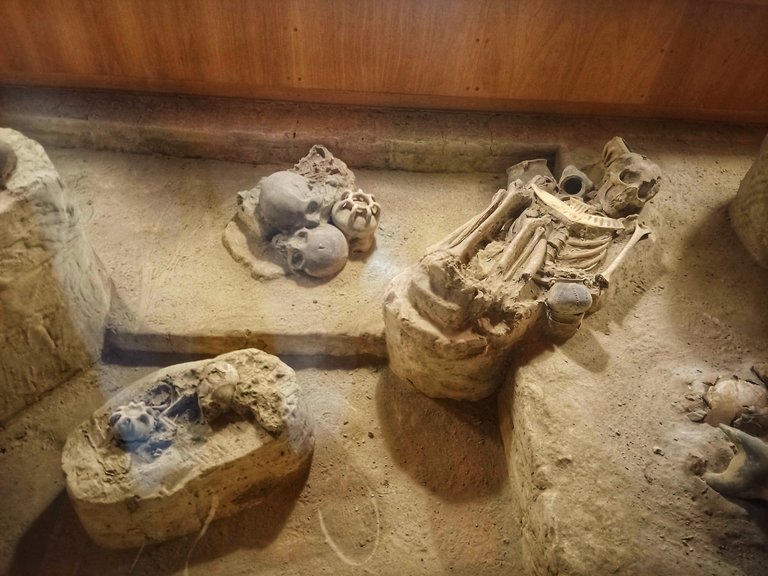
Part of this collection can be found in the Anthropological Museum of Quíbor "Professor Francisco Tamayo Yépez ", a place with more than 50 years dedicated to the study, interpretation, protection and safeguarding of these pieces, in order to make known and understand the relevance of this region at a national level.
Parte de esa colección la podemos encontrar en el Museo Antropológico de Quíbor “Profesor Francisco Tamayo Yépez”, un lugar con más de 50 años dedicados al estudio, interpretación, protección y resguardo de estas piezas, para así dar a conocer y entender la relevancia que tiene esta región a nivel nacional.
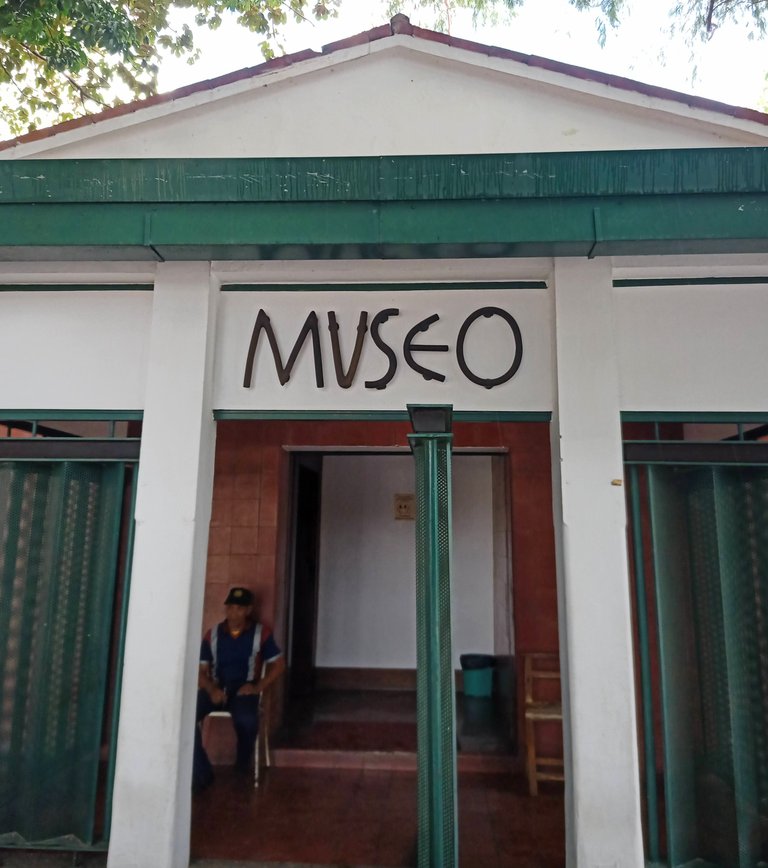
In December 1965, when sewers were being installed in the central area of Quibor, numerous human skeletons were found along with ceramic vessels, necklaces and other votive objects. This finding was considered of such importance that the then Governor of Lara State, Miguel Romero Antoni, announced the creation of a Museum for the conservation of these archaeological findings.
En diciembre de 1965, cuando se instalaban las cloacas en la zona central de Quibor, fueron localizados numerosos esqueletos humanos acompañados de vasijas de cerámicas, collares y otros objetos votivos. Este hallazgo fue considerado de tal importancia que motivó que el entonces Gobernador del Estado Lara, Miguel Romero Antoni, anunciará la creación de un Museo para la conservación de estos hallazgos arqueológicos.
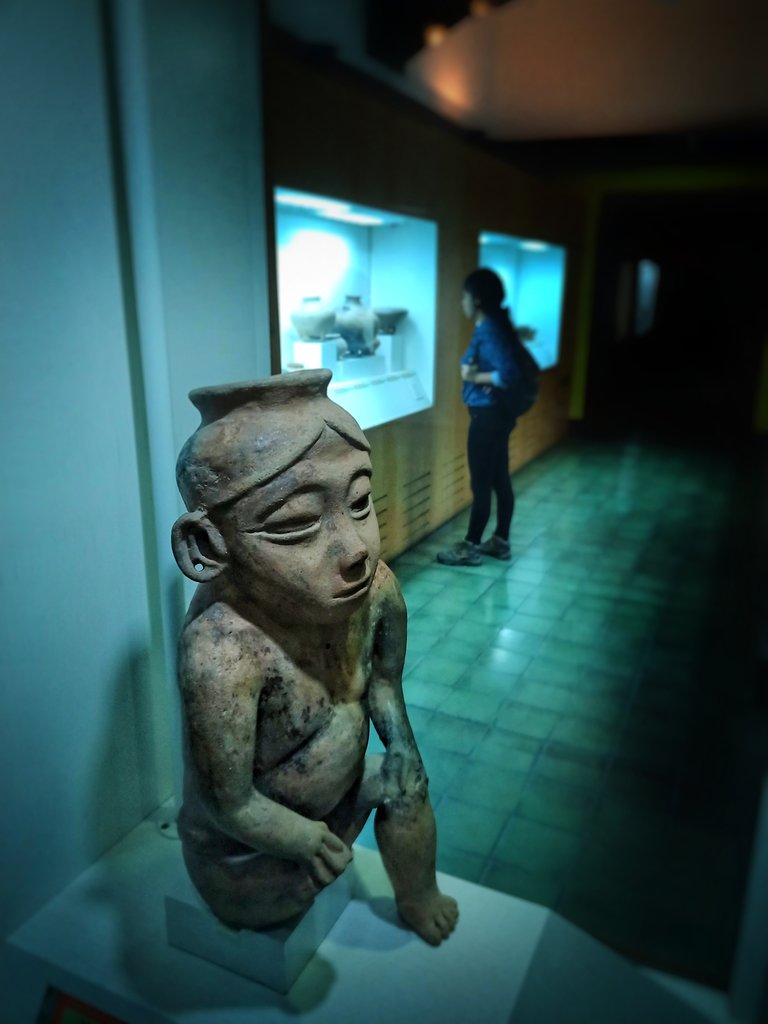
The announced museum institution was born with the name of "Centro Científico Antropológico y Paleontológico de Quibor " and it was granted as headquarters a former Health Post; The activity of this research center was fundamentally oriented to the systematic excavation of the aforementioned archaeological cemetery, activity that lasted several years, until 1975.
In 1981, this Scientific Center was renamed as follows: "Museo Arqueológico de Quibor ", reinitiating the excavations in the downtown cemetery (known by then as Boulevard de Quibor); Projects were also started to be developed to attend, both to the study of new archaeological zones and to the collections that had already been collected by the former Scientific Center.
La anunciada institución museística nació con el nombre de "Centro Científico Antropológico y Paleontológico de Quibor" y se le otorgó como sede un antiguo Puesto de Salud; La actividad de este centro de investigaciones se orientó de manera fundamental a la excavación sistemática del cementerio arqueológico antes mencionado, actividad que se prolongó varios años, hasta 1975.
A partir de 1981 este Centro Científico pasa a denominarse: "Museo Arqueológico de Quibor", reiniciando las excavaciones en el cementerio del centro de la ciudad (conocido para entonces como Boulevard de Quibor); También se comenzaron a desarrollar proyectos que atendieran, tanto al estudio de nuevas zonas arqueológicas como a las colecciones que habían sido ya recolectadas por el antiguo Centro Científico.

In October 1999, the notable researcher from Lara, Francisco Tamayo Yepez, took over as eponymous, and in February 2002 a process of growth that began in 1995 with the creation of the Miguel Acosta Saignes Institute of Anthropology (distinguished Venezuelan anthropologist) was consolidated. For this reason, the until then called "Museo Arqueológico de Quibor" was renamed "Museo Antropológico de Quibor Profesor Francisco Tamayo", as it is known to date.
En octubre de 1999, asume como epónimo al notable investigador larense Francisco Tamayo Yepez, y en febrero de 2002 se consolida todo un proceso de crecimiento que habría iniciado en el año 1995, con la creación del Instituto de Antropología Miguel Acosta Saignes (insigne antropólogo venezolano), Por tal razón, el hasta entonces llamado "Museo Arqueológico de Quibor" pasa a llamarse "Museo Antropológico de Quibor Profesor Francisco Tamayo", cómo se le conoce hasta la fecha.
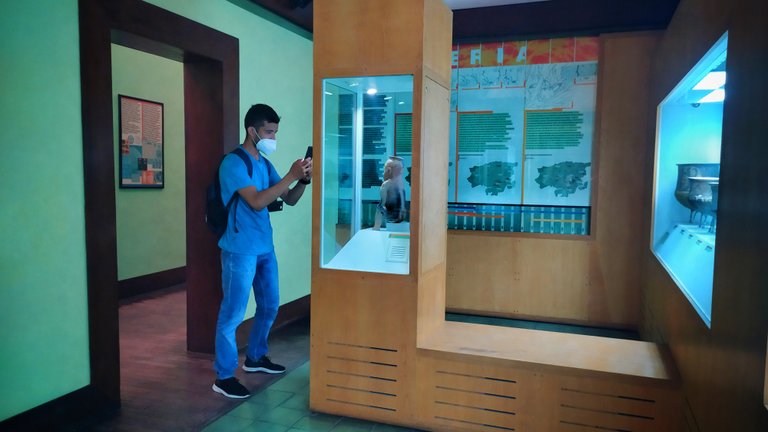
I got to know all this history directly in this place, where it is impossible not to be transported to the pre-Hispanic Venezuelan past and feel like a real archaeologist/excavator. The place has an infinity of unique pieces that over time have helped scientists and researchers to have a broader vision of how our ancestors lived.
Toda esta historia la conocí directamente en este lugar, en donde es imposible no trasladarse hasta el pasado prehispánico venezolano y sentirte un verdadero arqueólogo/excavador. El lugar cuenta con una infinidad de piezas únicas que con lo largo del tiempo han ayudado a científico e investigadores a tener una visión un poco más ampliada sobre cómo vivían nuestro antepasados.

One of the things I learned during my visit, was about the traditions and different beliefs practiced by the ancient inhabitants of Lara state, the funeral rituals carried out were quite complex, one of the most amazing things, is that they performed two types of burials: Primary and secondary.
Una de las cosas que aprendí durante mi visita, fue acerca de las tradiciones y las distintas creencias que practicaban los antiguos habitantes del estado Lara, los rituales funerarios llevados a cabo eran bastantes complejos, una de las cosas más asombrosas, es que realizaban dos tipos de enterramientos: Primario y secundario.
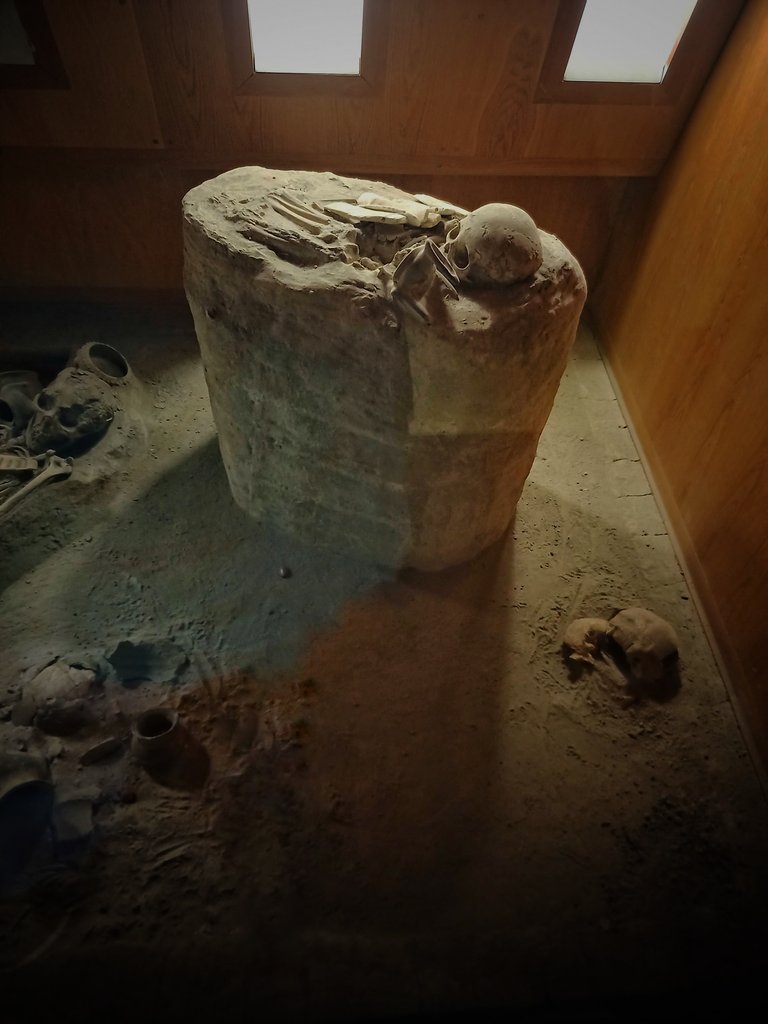
**In the primary burial, the bodies were placed directly in the tomb with objects as offerings, these bodies could be exposed directly to the earth or wrapped with cloth or leather. **In the secondary burial, the already buried bodies were unburied to be reburied again, but before this, different rituals were performed before returning them to their burial.
En el primario a los cuerpos los colocaban directamente en la tumba con objetos como ofrendas, estos cuerpos podían estar expuestos directamente a la tierra o envueltos con tela o cuero. En el secundario los cuerpos ya sepultados eran desenterrados para ser sometido nuevamente a un segundo entierro, pero antes se le realizaba diferentes rituales antes de volverlo a su sepultura.
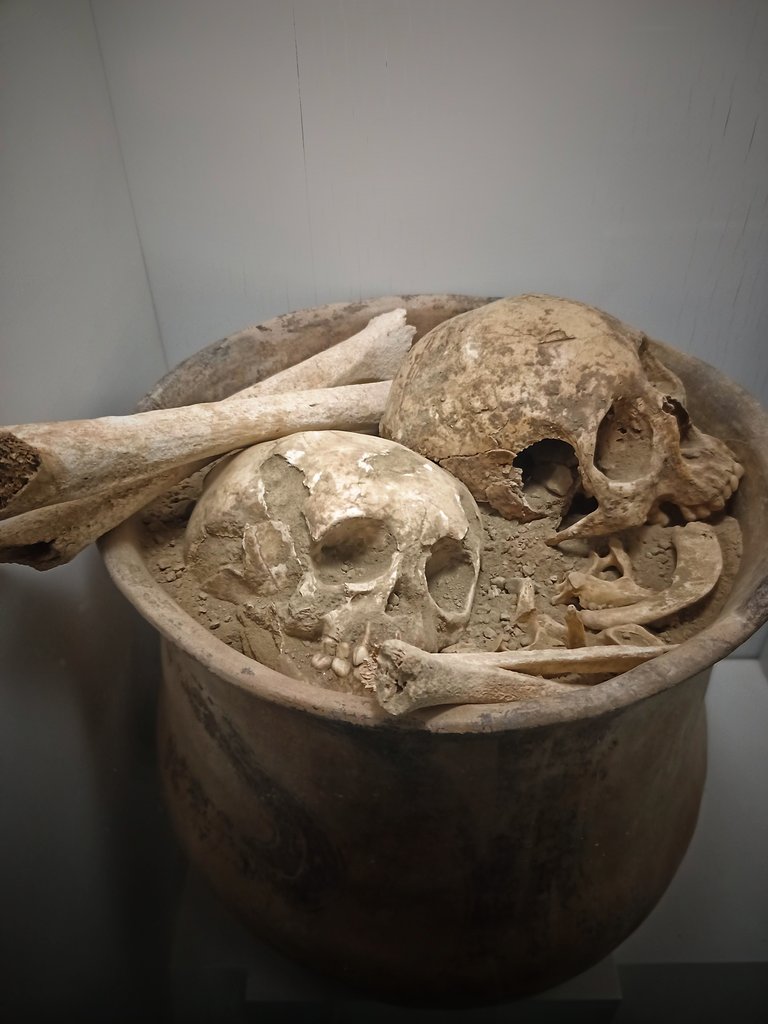
The ancient inhabitants also liked handicrafts and elaborated different pieces that served both as offerings and body ornaments, the use of shells was one of them (whether from marine or terrestrial mollusks), during the tour through the museum you can see part of the objects they elaborated.
A los antiguos habitantes también les gustaba la artesanía y elaboraban diferentes piezas que servían tanto de ofrendas como adornos corporales, el uso de conchas era uno de ellos (fueran de moluscos marinos o terrestres), durante el recorrido por el museo se puede observar parte de los objetos que elaboraban.
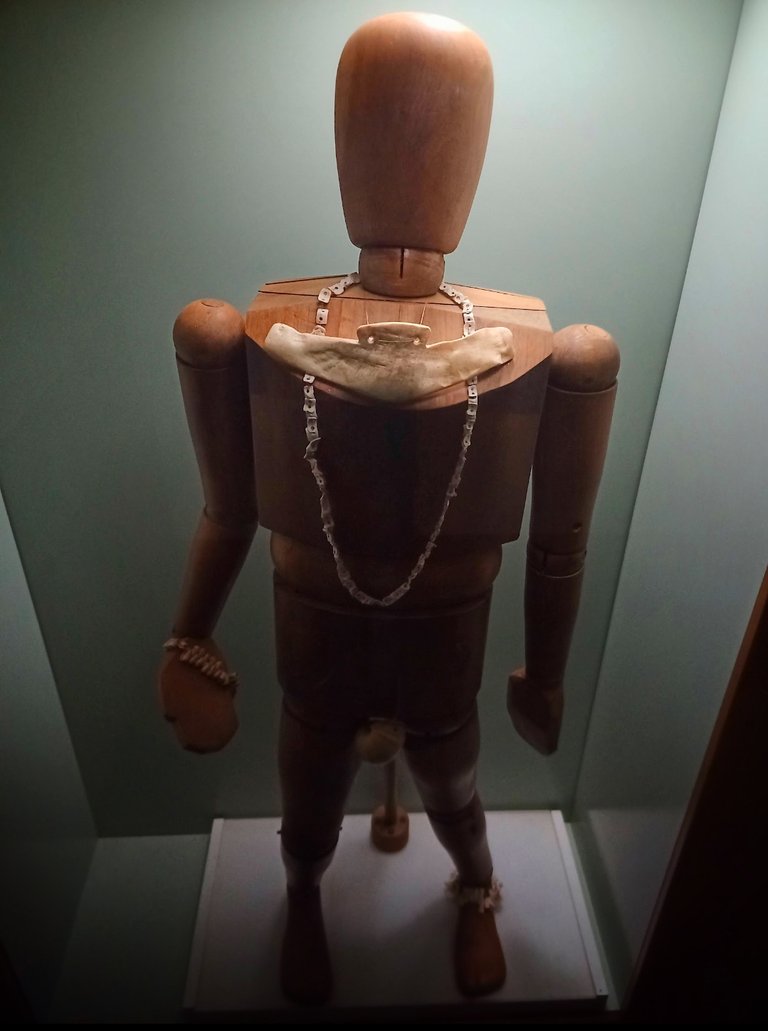
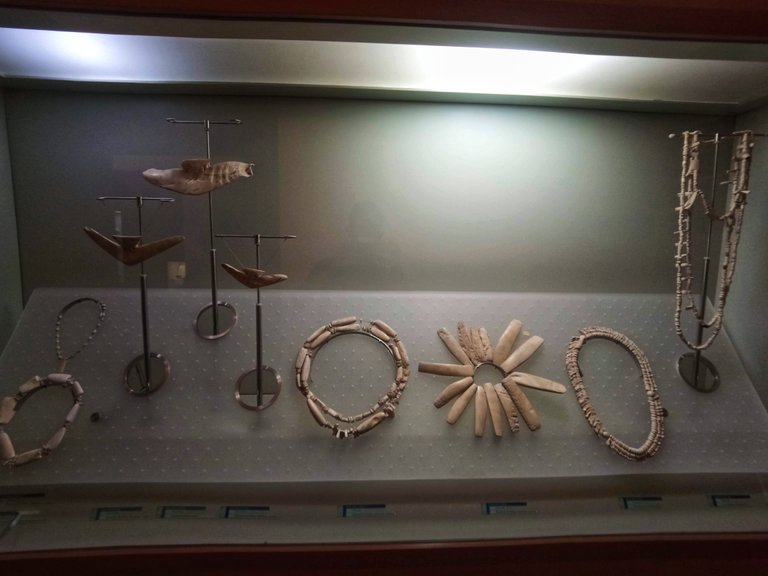
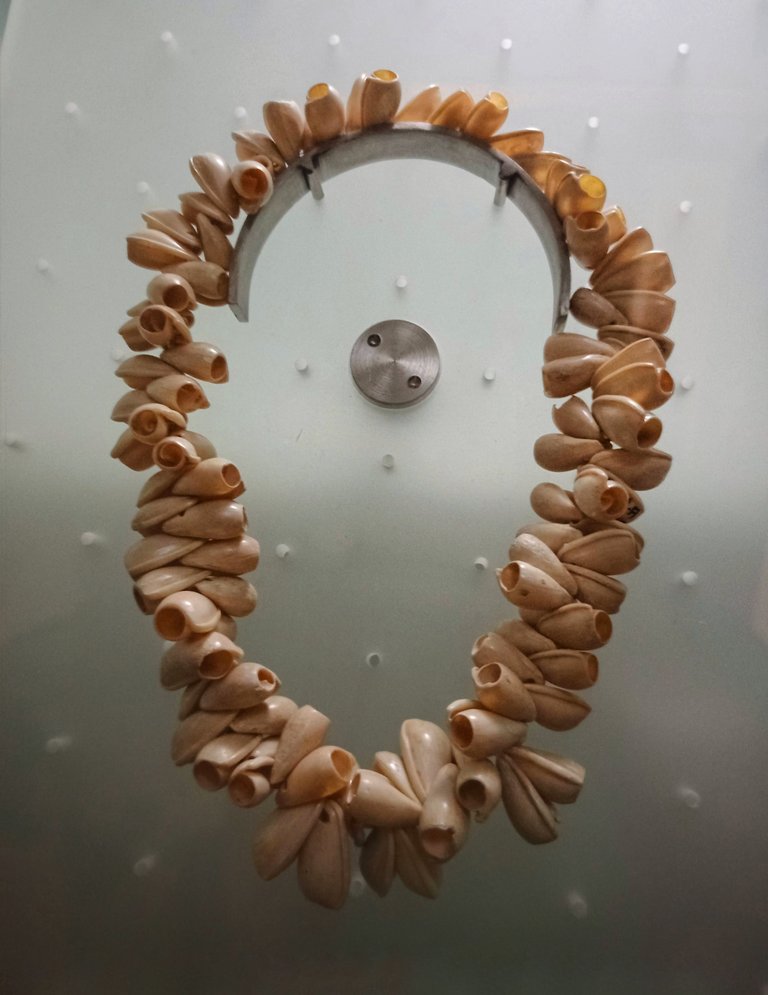
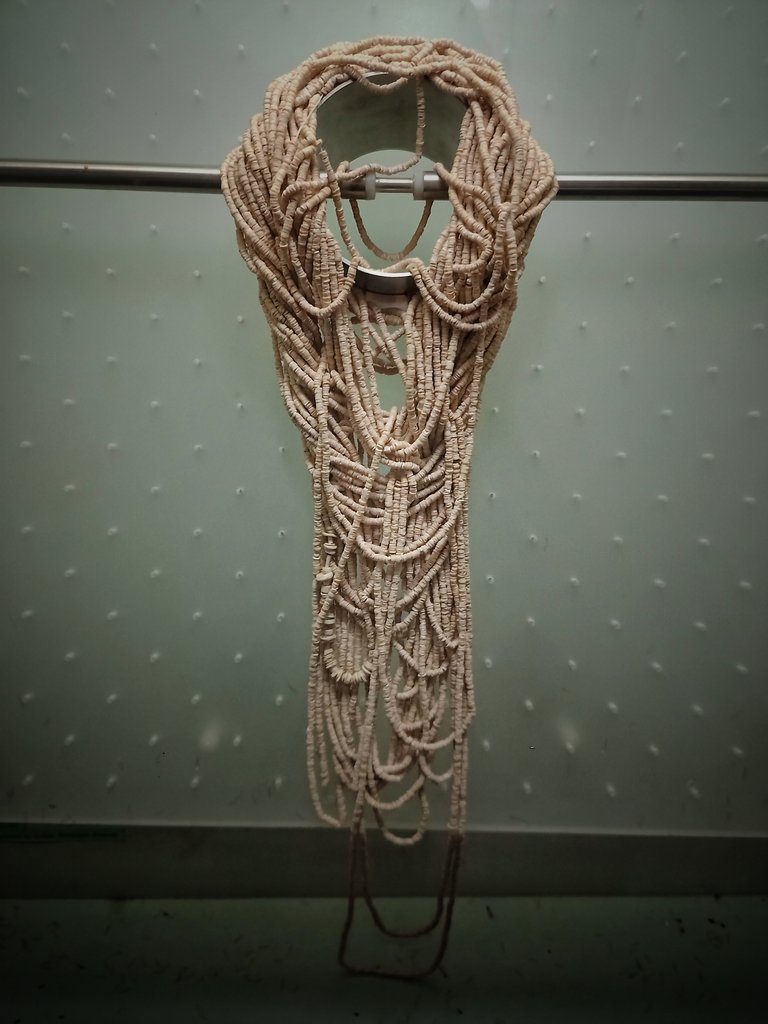
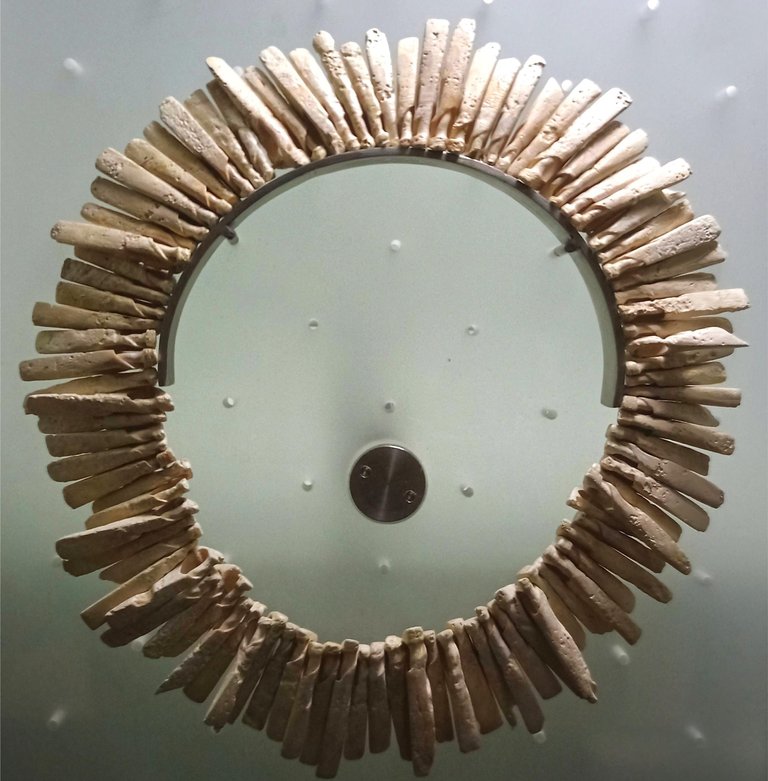
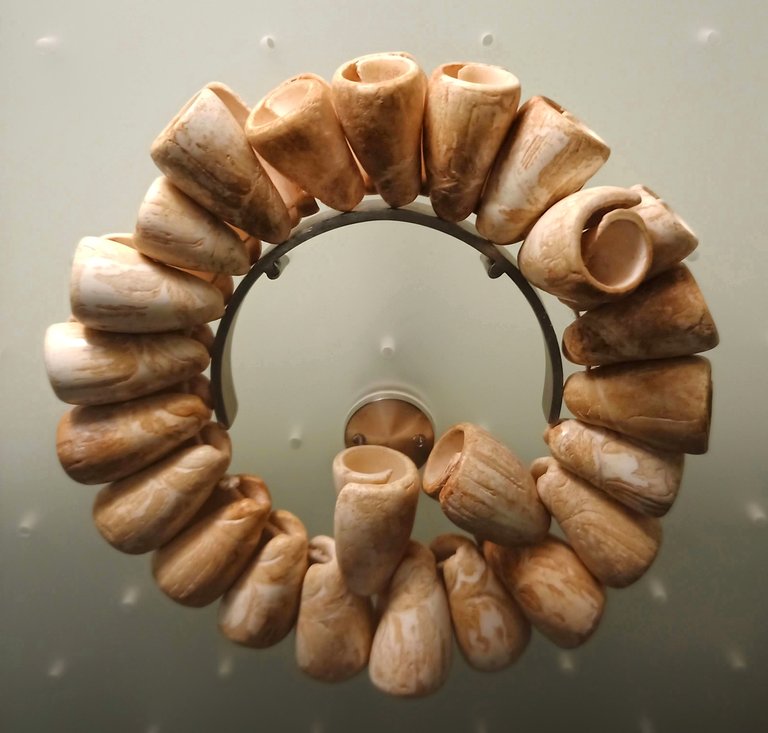
This museum has a great variety of pieces in its collection, the tour is completely educational, ideal to teach young and old, I think one of the pieces that surprised me the most was to see the right jaw of a Mastodon, which is located in the room called "Hunting ".
Este museo cuenta con una gran variedad de piezas en su colección, el recorrido es completamente educativo, ideal para enseñar a grandes y pequeños, creo que una de las piezas que más me sorprendió fue ver la mandíbula derecha de un Mastodonte, la cual se encuentra en la Sala denominada "Cacería".
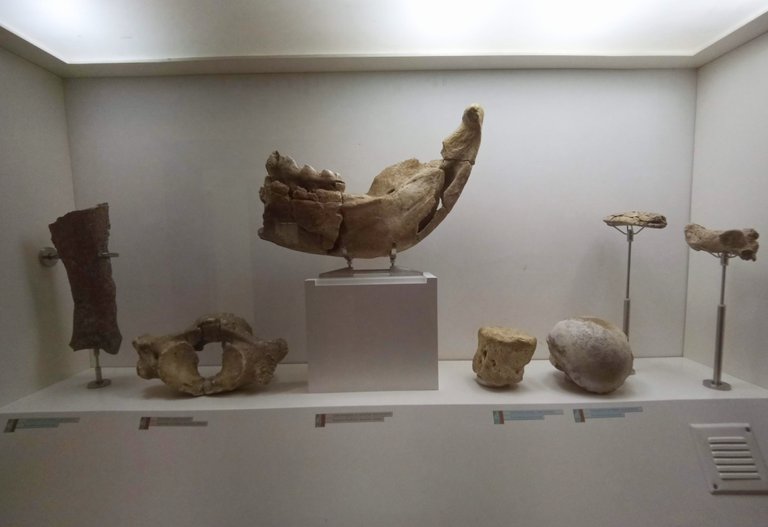

In this room they also show different objects associated with this activity, which was carried out at least 10,000 years ago. This place is truly an excellent educational and recreational option if you are passing through Quibor in the State of Lara, Venezuela.
En esta sala muestran además diferentes objetos asociados a esta actividad, la cual se realizada por lo menos 10.000 años atrás; De verdad que este lugar es una excelente opción educativa y recreativa si están de paso por Quibor en el Estado Lara, Venezuela.
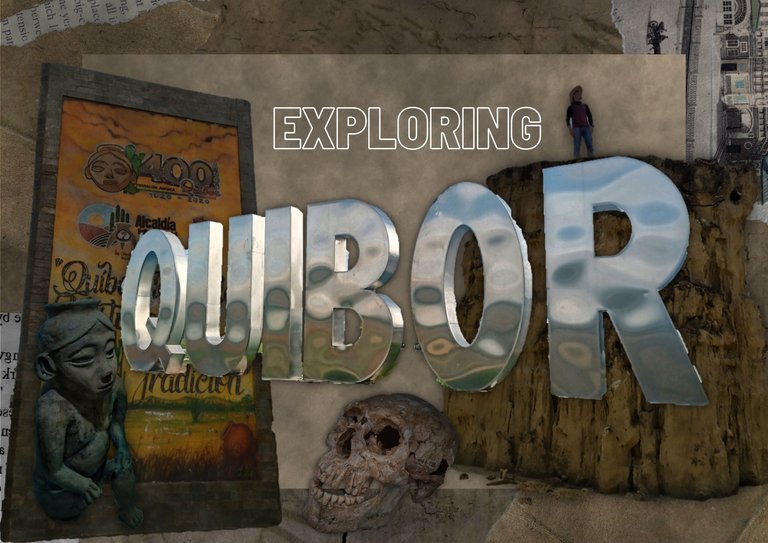
Thank you very much for having read and arrived here, I hope you enjoyed it.
Credits:
Photographs and text: @oscarvzla
Editions: Snapseed
Design: Canva
Translator: DeepL.com
See you on the next trip!
Muchas Gracias por haber leído y llegado hasta aquí, espero haya sido de tu agrado.
Créditos:
Fotografías y texto: @oscarvzla
Ediciones: Snapseed
Diseño: Canva
Traductor: DeepL.com
Nos vemos en el próximo viaje!
Congratulations @oscarvzla! You have completed the following achievement on the Hive blockchain And have been rewarded with New badge(s)
Your next target is to reach 2750 upvotes.
You can view your badges on your board and compare yourself to others in the Ranking
If you no longer want to receive notifications, reply to this comment with the word
STOPCheck out our last posts: